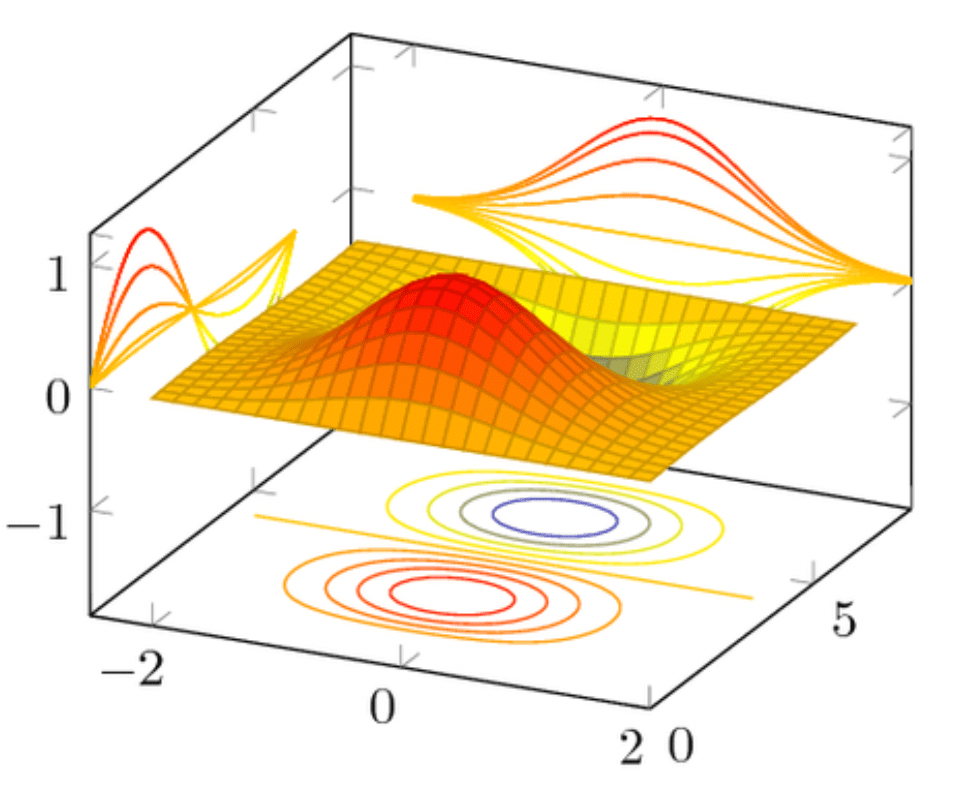Industrial Design vs. Industrial Engineering: A Comparison

In the industry, two disciplines often work in tandem to create functional and appealing products: industrial design and industrial engineering. These fields share some common ground but have distinct focuses and methodologies. Industrial design and industrial engineering contribute uniquely to the development of products, among which automobiles are the subject of this article, from traditional methods to Industrial AI.

What is Industrial Design, and Who is the Industrial Designer
The industrial designer focuses on creating user-friendly products that balance visual appeal with functionality. In automotive, the industrial designer is responsible for the aesthetics and ergonomics of vehicles. They ensure they meet market trends and consumer preferences. These professionals use their expertise in design principles.
What is the outcome? Products that are visually striking and also satisfy usability criteria for clients.

Art and aesthetics meet engineering solutions!
Industrial design creates overall shapes and visual identity. Experts develop comfortable layouts, choose finishes that enhance form and function, and intuitive controls and displays.

Automotive architects must consider aerodynamics, regulations, and production constraints while creating aesthetically pleasing and user-friendly products.
CAD Tools
They say mechanical engineers often employ computer-aided design (CAD) tools to visualize and refine their concepts before they move into production. The future of CAD technology is an ever greater integration with engineering tools such as CAE.
CAE Tools
In the last decades, computer-aided engineering (CAE) simulation has become integrated in mechanical engineering, leveraging hardware resources to increase solution performance and shorten delivery times.
Enter AI
The next step is the AI revolution, where lightweight predictive models are nurtured by CAD and CAE data, thanks to 3D deep learning technology.

What is Industrial Engineering, and Who is the Industrial Engineer
While industrial design focuses on product functionality and aesthetics, industrial engineering focuses on manufacturing and delivering the product. Industrial engineers work to improve efficiency, eliminate waste, and enhance quality.
In the automotive industry for example, industrial engineering applications include production line optimization, supply chain management, quality control systems, and ergonomics and safety improvements.
Engineers streamline assembly processes to reduce time and costs, ensure efficient flow of materials and components, implement processes to maintain consistent product levels, and design workstations and procedures to enhance worker safety and productivity. They apply scientific principles and analytical methods: with techniques such as statistical analysis, simulation modeling, and lean manufacturing principles to optimize production systems and improve efficiency.
A mechanical engineer is an industrial engineering professional because her/his expertise in mechanical systems directly contributes to optimizing manufacturing processes and product designs, a core focus of industrial engineering in automotive production.
Difference Between Industrial Design and Engineering
We have seen how the designer and the engineer contribute significantly to industrial development. However, they have different responsibilities and approaches.
Industrial designers focus on the vehicle's aesthetic and functional aspects. They consider user experience and ergonomics and work closely with market research teams.
The designer creates sketches, 3D models, and prototypes and collaborates with the industrial engineer to ensure designs are feasible in production.
On the other hand, the engineer analyzes and optimizes manufacturing processes, develops systems to improve productivity and reduce costs and implements quality control measures.

Points of Common Interest - Convergence
Despite their distinct focuses, industrial design and engineering are complementary fields that often work closely together.
This collaboration is essential for creating, for instance, vehicles that are visually appealing and user-friendly but also efficient in producing and satisfying product functionality performance indices like a reduced drag coefficient, leading to reduced fuel or battery consumption. Thus, aesthetics, mechanical engineering, and respect for the environment are met to satisfy clients' expectations and company profitability targets.
An example of industrial design vs industrial engineering takes place when designing a new car model, industrial designers might create a sleek, aerodynamic exterior that appeals to consumers. However, they must realistically respect of the constraints of the production line. Industrial engineers might suggest them modifications that simplify assembly, or reduce material waste while maintaining their overall vision for aesthetics.
In the automotive sector, industrial design and engineering often intersect with mechanical engineering. While industrial designers focus on form and user experience, and industrial engineers optimize processes and systems, mechanical engineers are concerned with the technical aspects of vehicle performance, such as aerodynamics or structural integrity.
To summarize the specific position and difference of designers and industrial engineers:
- Industrial designers have specific artistic abilities, visual communication skills, proficiency in 3D modeling and rendering software, ergonomics, and knowledge of market trends, industries and consumer behavior. They are interested in form and function.
- Industrial engineers have analytical and mathematical skills. They can be experts in process optimization and lean manufacturing principles, proficient in mechanical engineering aspects such as fluid dynamics or stress analysis, statistical analysis, and skilled in data interpretation. They are interested in functionality (performance) but also manufacturability and maintenance of products.
Conclusions
Future design trends include a focus on sustainability, the use of advanced materials and increasing product customization.
Both two fields of design and engineering must adapt their approaches to design and manufacturing to meet these challenges.
In conclusion, while industrial design and industrial engineering are distinct fields with different focuses, they are both integral to success in the industry.
Thanks to the contributions of each discipline and by promoting collaboration between them levearing interpersonal skills but also collaborative softwares, companies create products that combine aesthetics, performance and engineering.



